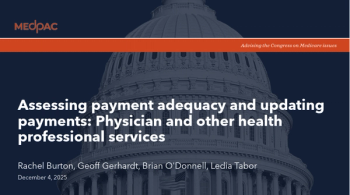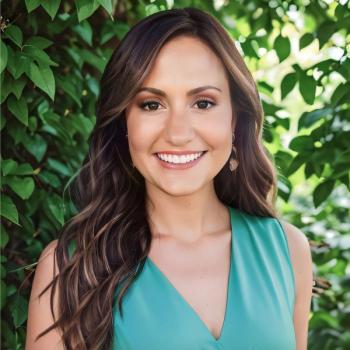
- May 10, 2019 edition
- Volume 96
- Issue 9
Your voice: Stop selling primary care physicians short
While there are obvious concerns over primary care shortages, nurse practitioners practicing unsupervised is NOT a safe or wise answer.
I would like to respond to the comments by Edward Volpintesta, MD, in the March 25, 2019, issue. As a primary care physician myself, I would first say that based on his response to Dr. Dinklage and his prior article in the American Journal of Medicine “Primary Care Training Must Change,” Dr. Volpintesta himself appears to have sold out his own profession. He seems to believe that his colleagues in primary care are all practicing as first-aid stations, appeasing our patients until they can see a real physician with adequate training to handle the “life-threatening” problems.
I myself see patients in the clinic, hospital, nursing home, and emergency room. I practice obstetrics, including operative vaginal deliveries, cesarean deliveries, postpartum tubal ligations, versions, etc. I also do EGDs and colonoscopies.
Physician training gives us a strong foundation of medical knowledge so that we know our limits, thus allowing us to seek specialty consultation when appropriate, avoiding extraneous, unnecessary and costly labs, imaging, and referrals. Ideally, in the outpatient setting, primary care physicians are preventing the patient from ever getting to the “life-threatening” stage of their disease process.
While there are obvious concerns over primary care shortages, nurse practitioners practicing unsupervised is NOT a safe or wise answer. There are ways to promote quality, physician-led care including changes in payment scales to favor medical decision making and prevention over procedures, promotion of primary care as a career choice (the opposite of what Dr. Volpintesta has been doing with his criticism), and lifting the restrictions placed on residency position numbers in the 1997 Balanced Budget Act.
The introduction of free market principles such as allowing HSA funds to be used for direct primary care subscriptions, repealing Safe Harbor, and ensuring that patients can ALWAYS choose their own physician are also helpful tools.
Furthermore, after nurse practitioners are granted the ability to practice without physician supervision (which has happened in 23 states), they do not usually practice under-served primary care. To make the argument that nurse practitioners are suited to practice primary care, you would have to solve the same issues preventing them from entering into primary care that we already face as physicians, and even then, the care provided with less training and medical knowledge will be sub-par.
As physicians, it is essential that we take a leadership role to ensure that our patients receive the safe, timely, and affordable care that they deserve. Nurse practitioners are not in a position to provide that.
Alisha Scott, MD, Blair, Neb.
With support from
- Deborah Sutcliffe, MD, Red Bluff, Calif.
- Jenna Derr, MD, Kearney, Neb.
- Kelsey J. Smith, MD, Stillwater, Okla.
- Christine Tymczyna, DO, Tempe, Ariz.
- Ellen Sakornbut, MD, Iowa
- Amanda Steventon, MD, Winfield, Kan.
- Gillian Wooldridge, DO, Houston, Texas
- Carolyn Day, MD, Raleigh, N.C.
- Wendy Schilling, MD, Ashland, Ore.
- Jake Pletcher, MD, Mountain View, Calif.
- Zoe M. Gonzalez-Garcia, MD, Omaha, Neb.
- Veronica D Kim, MD, St. Louis, Mo.
- Sandra Boxell, MD
- Nicole Johnson, MD
- Patricia Aronin, MD
- Ali Raza, MD
Articles in this issue
over 6 years ago
A shady inquiryover 6 years ago
Two ways to reduce coding denialsover 6 years ago
New rule provides telemedicine opportunityover 6 years ago
How to survive staff shortagesover 6 years ago
Importing prescription drugs for patientsover 6 years ago
Ancillary services: A new cost-benefit analysisover 6 years ago
How we can stop America’s silent killeralmost 7 years ago
The secret’s out: Your priority is the bottom lineNewsletter
Stay informed and empowered with Medical Economics enewsletter, delivering expert insights, financial strategies, practice management tips and technology trends — tailored for today’s physicians.















